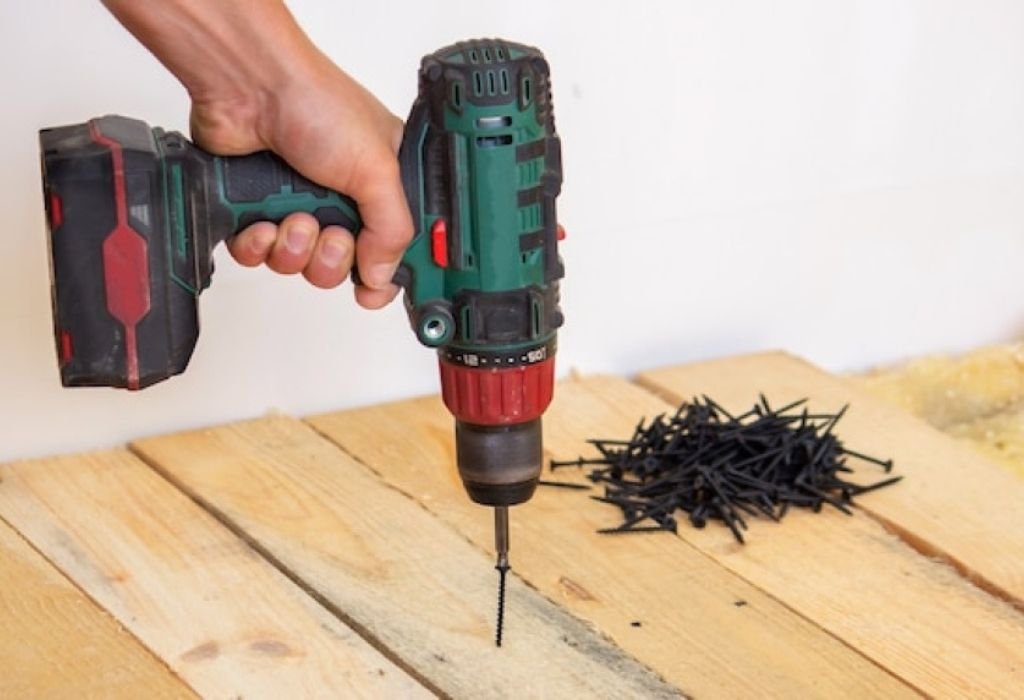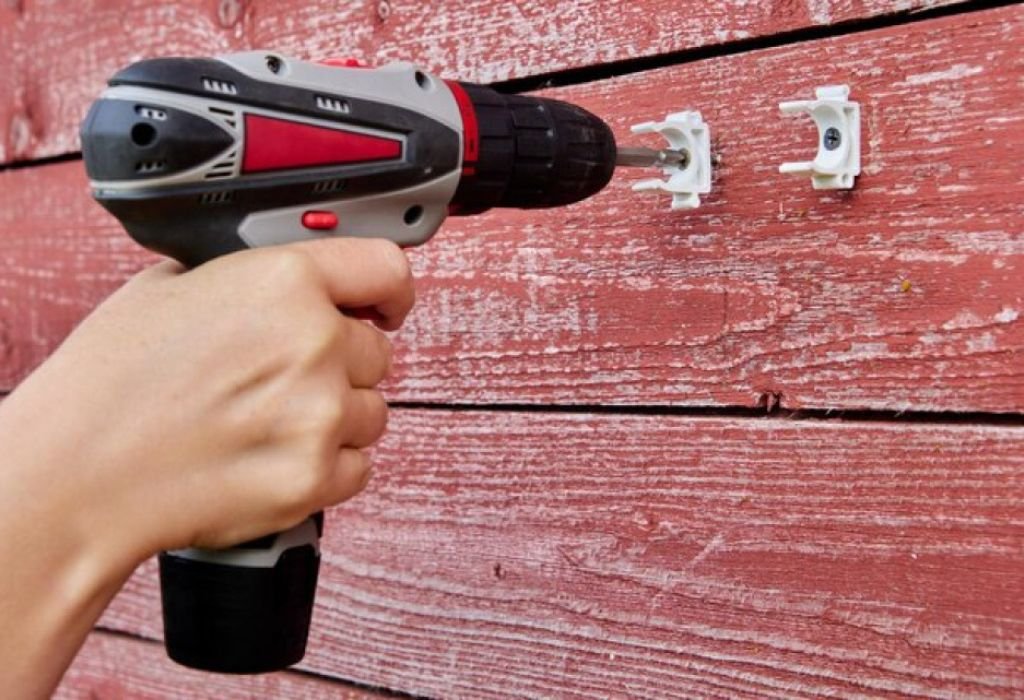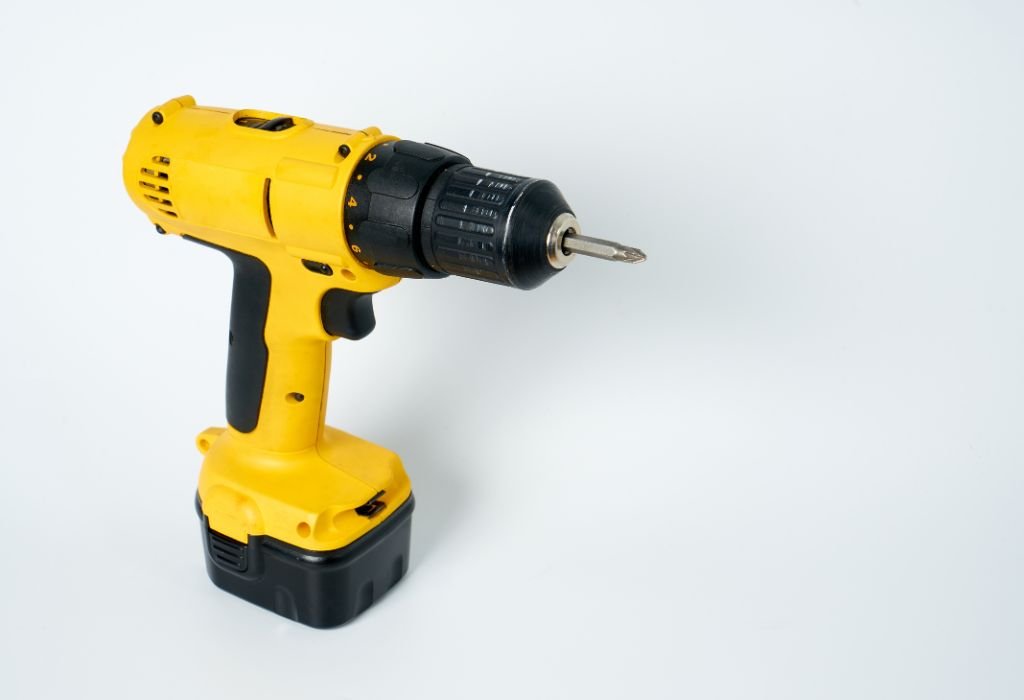Tight corners and cramped spaces often make drilling a frustrating task. Standard drills fail to fit, leaving professionals and DIYers searching for a smarter solution.
This is where the right angle drill proves its value.
These compact tools feature a head set at a 90-degree angle, designed to reach areas that ordinary drills simply cannot.
Their ability to maneuver around obstacles makes them a favorite in woodworking, plumbing, and automotive projects.
According to Grand View Research, the global power tools market is expected to grow at 4.8% CAGR from 2023 to 2030, with specialty tools like right angle drills driving much of that demand.
Whether you are installing cabinetry, drilling between studs, or working under a sink, knowing how to use a right angle drill can save time and reduce errors.
The right knowledge prevents stripped screws, broken bits, or even safety hazards. Studies show that nearly 8% of workplace injuries in construction are linked to improper tool use.
This guide explains how to use a right angle drill safely and effectively, offering expert tips, troubleshooting advice, and real-world applications. By the end, you’ll know exactly how to handle this unique tool with confidence.
What Is a Right Angle Drill?

Right angle drills are specialized power tools with a head positioned at 90 degrees to the handle. This design allows drilling in confined areas where traditional drills cannot reach.
Why is the angle important?
The angled head provides leverage and visibility in tight areas. It’s especially helpful when working between studs, joists, or pipes.
Q&A Section
What makes it different from a standard drill?
The 90-degree head design is the key difference.
Can it perform the same tasks as a normal drill?
Yes, but it’s mainly intended for tight-space drilling.
Is it only for professionals?
No, homeowners and hobbyists also benefit.
Does it come in corded and cordless versions?
Yes, both options are available.
What are common industries using it?
Woodworking, plumbing, construction, and automotive repair.
When Should You Use a Right Angle Drill?
This drill is ideal when space is limited or when precise angles are required.
Examples include: installing cabinets, boring holes in floor joists, working inside vehicles, or tightening screws in furniture assembly.
Q&A Section
Can I use it for everyday drilling tasks?
Yes, though standard drills are usually easier for open areas.
Why do plumbers prefer them?
They make pipe installations easier in narrow wall cavities.
Are they helpful for electricians?
Yes, for drilling holes to run wiring between studs.
Can they be used in automotive work?
Absolutely, especially under dashboards or tight engine spaces.
Do carpenters rely on them?
Yes, particularly when working inside cabinetry or shelving.
Preparing to Use a Right Angle Drill
Before starting, ensure the drill and work area are properly set up. Preparation improves accuracy and reduces accidents.
Steps to prepare:
- Check the battery or power cord.
- Inspect the drill bits for damage.
- Adjust torque settings if available.
- Secure the workpiece with clamps.
Q&A Section
Do I need safety gear?
Yes, safety glasses and gloves are recommended.
Should I mark the drilling spot?
Yes, to ensure accuracy.
Is a pilot hole necessary?
Often, especially in hardwood or metal.
Can I use any drill bit?
Only bits designed for the material you’re working with.
Do I need lubrication for metal?
Yes, oil helps prevent overheating and wear.
Step-by-Step: How to Use a Right Angle Drill

Learning how to use a right angle drill involves correct grip, angle, and pressure.
Steps:
- Choose the right bit.
- Insert and tighten the bit securely.
- Position the drill at the target spot.
- Hold the drill with both hands for stability.
- Apply steady pressure while drilling.
- Start slow, then increase speed as needed.
Q&A Section
Should I push hard on the drill?
No, let the bit cut naturally.
What speed setting is best?
Use low speed for metal, higher for wood.
How do I avoid stripped screws?
Keep the bit aligned and apply consistent pressure.
What if the drill stalls?
Release the trigger and reset your position.
Can I drill overhead with it?
Yes, but maintain a firm grip for safety.
Safety Tips for Using a Right Angle Drill
Safety is critical when using any power tool. Right angle drills are safer when handled properly.
Tips:
- Always wear protective equipment.
- Keep hands away from the bit.
- Ensure the drill is turned off before changing bits.
- Avoid loose clothing that could get caught.
- Maintain a stable stance.
Q&A Section
Do right angle drills kick back?
Yes, especially in hard materials.
Should children use them?
No, they are not safe for unsupervised use.
Can gloves get caught?
Tight-fitting gloves are safer than loose ones.
Do I need hearing protection?
For prolonged use, yes.
What if sparks appear?
Stop immediately and inspect the bit.
Common Mistakes to Avoid
Beginners often make avoidable errors.
Mistakes include: using the wrong bit, applying too much pressure, ignoring pilot holes, or skipping safety gear.
Q&A Section
Is skipping a pilot hole harmful?
Yes, it can split wood or dull bits.
Can wrong speed damage the drill?
Yes, overheating reduces tool life.
What if bits keep breaking?
Check material hardness and drill alignment.
Is forcing screws okay?
No, it can strip threads.
Can I skip clamps?
No, unsecured workpieces are dangerous.
Best Practices for Longevity

Maintaining your right angle drill extends its life.
Tips:
- Clean after each use.
- Lubricate moving parts occasionally.
- Store in a dry place.
- Use high-quality drill bits.
- Recharge batteries fully.
Q&A Section
How often should I clean it?
After every project.
Can water damage it?
Yes, moisture causes corrosion.
Do batteries need full discharge?
No, lithium-ion lasts longer with partial charges.
Should I oil the chuck?
Yes, light oil keeps it smooth.
Does brand matter?
Yes, higher-quality brands last longer.
Conclusion
Right angle drills transform difficult drilling tasks into manageable projects. Their angled design allows professionals and DIYers to access tight spots with ease.
By learning how to use a right angle drill correctly—preparing the workspace, applying steady technique, and following safety practices—you gain both efficiency and safety. Avoiding common mistakes and maintaining the tool ensures long-term performance.
Whether you’re a carpenter, plumber, electrician, or weekend builder, mastering this tool can make your work faster, cleaner, and more professional.

I’m John F. Nicholas, the founder, lead writer, and drill enthusiast behind 101drill.com. With years of hands-on experience in power tools and DIY projects, I created this platform to share practical knowledge, expert tips, and real-world insights to help others master the art of drilling.
